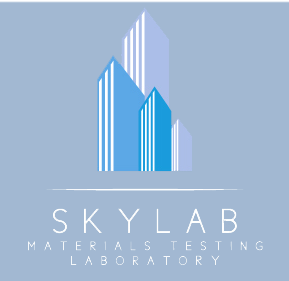If you own a property, you probably have a retaining wall in your back or front, facing the public right-of-way and extending ten feet or more. Although the structure is meant to keep the soil behind the wall, concrete walls can still be damaged by certain events, such as heavy rainfall. It’s essential to do a retaining wall inspection every two years to ensure your wall is safe and secure. This blog will cover everything you need to know about retaining wall inspections in NYC.
What Is a Retaining Wall?
A retaining wall is a structure that helps support an embankment or fill material. It is usually constructed of concrete, stone, or other strong materials and is designed to resist the lateral forces of the soil or water it supports. A retaining wall can be used for both functional and aesthetic purposes.
Functionally, a retaining wall can prevent soil erosion, support an embankment or fill material, or create a level platform on sloped land. A retaining wall can also be used to develop terracing, create visual interest in a landscape, and define property boundaries.
To ensure that a retaining wall is functioning correctly, it is vital to have it inspected by a qualified professional. The Qualified Retaining Wall Inspector (QRWI) program is a nationally recognized program that trains and certifies individuals to check retaining walls. QRWI-certified inspectors have the knowledge and skills to identify potential problems with retaining walls and recommend appropriate repair or remediation measures.
Checklist for Retaining Wall Inspections
Ground Conditions
Good ground conditions are essential for the stability of any retaining wall. Before inspecting a retaining wall, always check the ground conditions around it. Look for any signs of erosion, instability, or waterlogging. If the ground is too soft or too wet, it could cause the wall to collapse. Thus, it is essential to know how the ground is and if it falls under the inspection criteria.
Wall Surfaces
A retaining wall is a structure that holds back soil or rock from a slope. Inspecting retaining walls for cracks, leaks, or other damage is usually necessary. Here is a checklist for wall inspections:
- Check for cracks, holes, or other damage to the wall surface.
- Inspect the wall for signs of settlement or instability.
- Make sure that the wall is still securely anchored to the ground.
- Check for any vegetation growing on or near the wall that could cause damage.
- Inspect the drainage system to ensure that it is functioning correctly.
If you notice any damage to a retaining wall, it is crucial to have it repaired as soon as possible to prevent further damage.
Retaining walls are as important as any other building structure in NYC. They help you ensure that the construction and integrity of your property remain safe. These walls are significant when you live in a city where space is a commodity, and it is not easy to expand and grow. Thus, contact the specialized team at Skylab Materials and Testing to learn more about retaining wall inspections.


